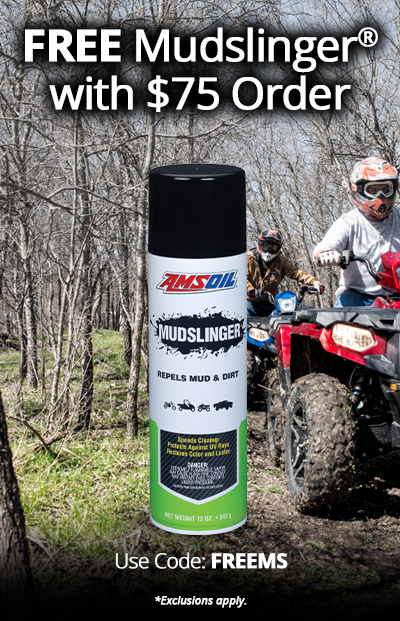Your Account
Shop by Vehicle

Automatic Transmission Fluid
View All
Manual Transmission Fluid
View All
Powersports Transmission Fluid
View All
Hydrostatic Transmission Fluid
View All

Auto/Light Truck

Motorcycle

ATV

UTV

Snowmobile

Marine Outboard

PWC

Heavy-Duty


Like synthetic motor oil, synthetic transmission fluid offers several benefits compared to conventional transmission fluid, including improved wear protection, increased cleanliness, better heat resistance and smoother cold-weather shifts. Synthetic transmission fluid doesn’t contain the impurities inherent to conventional fluids distilled from crude oil. Instead, synthetic base oils are built from the ground up in the lab. This allows formulators to use only molecules that serve a designed purpose. As a result, synthetic transmission fluid delivers excellent wear protection to help your transmission last as designed, helps reduce heat to keep components clean and flows readily in the cold for smooth, crisp shifts.
Transmission maintenance can be easy to overlook – until something goes wrong and you’re faced with an expensive repair bill. For best performance and long transmission life, change the fluid according to the maintenance guidelines given in your owner’s manual. If you tow or haul frequently, your fluid will require more-frequent changing. This helps keep your transmission clean and working reliably. It’s also a good idea to use a transmission flush to help clean deposits or sludge that may reduce shift quality or component life. Although some vehicles today use “filled-for-life” transmissions that theoretically never require a fluid change, it’s best practice to change fluid in these units at least once during their lifetime, and more if you tow or haul. Doing so may require specialized tools and a service manual, but it can be done on most "filled-for-life" transmissions.
Although they share the same purpose, automatic and manual transmissions differ significantly in design. Most modern vehicles use automatic transmissions, which commonly use 5-6 forward gears, but can include up to 10. Your vehicle’s computer shifts gears automatically based on engine speed, load and other factors. The fluid acts as a hydraulic fluid to actuate the transmission solenoids and clutch packs to enable smooth shifts. This means the fluid must maintain its viscosity and remain clean to do its job properly. Manual transmissions require the driver to select the proper gear depending on driving conditions. Though much simpler, the manual transmission fluid must maintain viscosity to enable crisp shifts and protect brass synchronizers against corrosion and wear. More vehicles today are using continuously variable transmissions (CVT) or dual-clutch transmissions (DCT). They each require CVT fluid or DCT fluid, which are formulated specifically for their needs.





